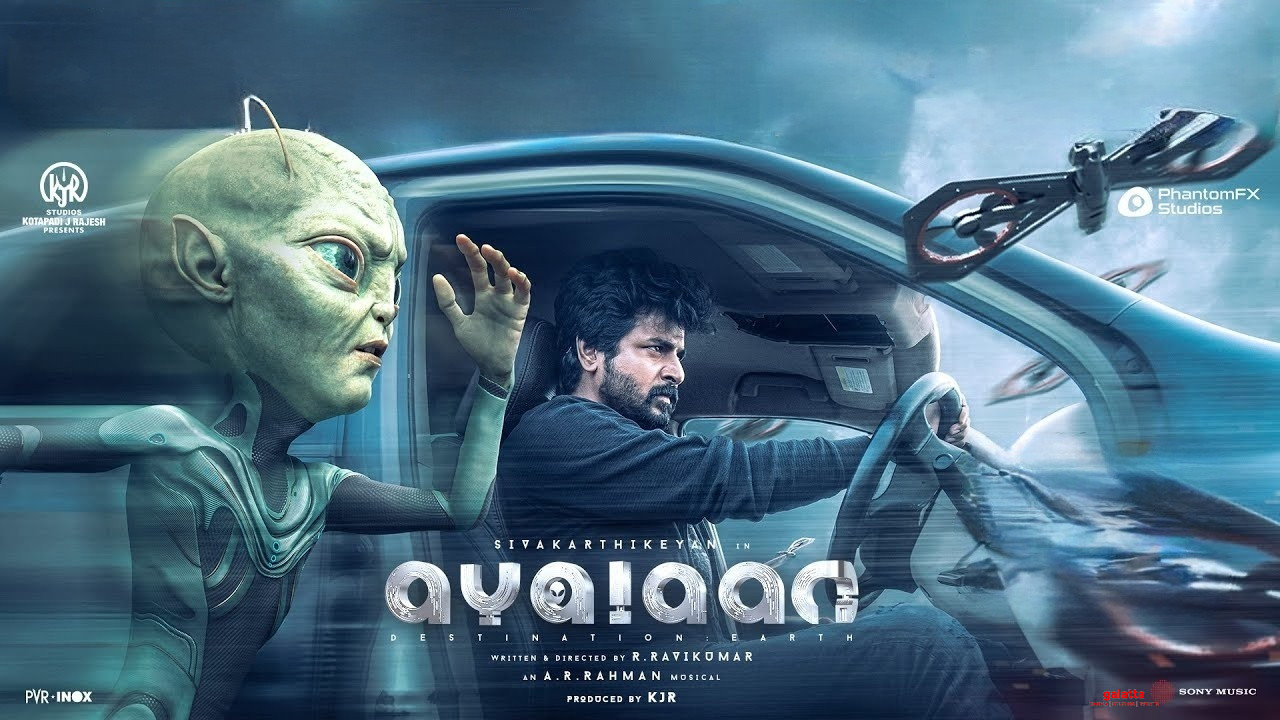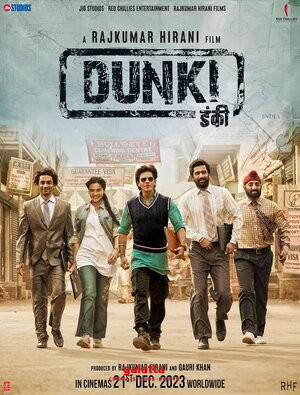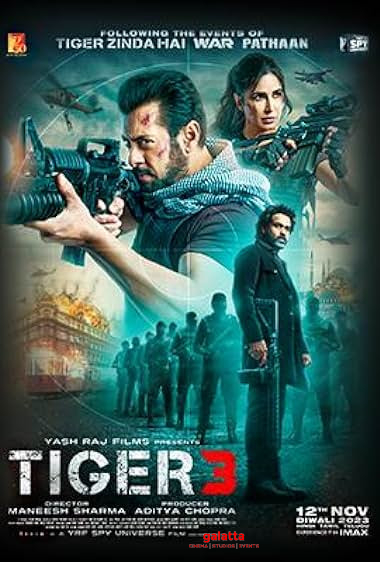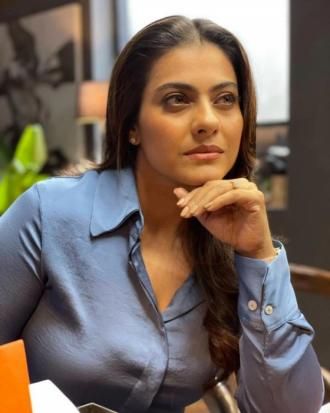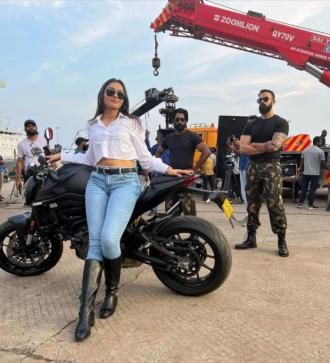Fighter Movie Cast & Crew
After War and Pathaan and now Fighter, I think it’s safe to say Siddharth Anand has found his groove. He takes simple, generic action templates. He garnishes them with hi-wattage stars and actors, plot twists that are just clever enough without being mind-blowing, and solid action set pieces. But above all, he retains the over-the-top-ness of the 1980s masala sensibility and updates it with restraint. Take the romance in Fighter, between Hrithik Roshan and Deepika Padukone, as Shamsher and Minal. You get all the staples of this track: the meet-cute, the deepening of the relationship, the sorrowful parting before the happy reunion. But nothing is overdone, and everything is of a piece with the film’s milieu. Instead of a duet, we get a club song. The hero and heroine are still up front and centre, but the rest of the team is also in there. So the “romance” seems to be happening along with – and not apart from - everything else.
Warts and all, I enjoyed Fighter thoroughly. It takes a few elements from Top Gun – like the cocky super-pilot, and the (pretty well-done) aerial combats, and grounds these in the story of India and Pakistan playing dangerous war games. Like many good masala movies, Fighter takes care to differentiate between devout, patriotic Muslims and rogue agents who practise terrorism in the name of Islam. The weakest part of the narrative is the villain, played by Rishabh Sawhney. In order to make him menacing, he is given a red eye but his hair makes him look like a shampoo commercial model. To accept this man as the kind of jihaadi that India has never seen is – to take the name of another Tom Cruise movie – Mission: Impossible. He gets no good lines, and he is as generic as a generic villain can get. Think of how John Abraham’s character was written in Pathaan – as a child abandoned by Mother India – and you’ll see the difference.
The only other sore point is the bit in the climax fight. The stunt work is excellent and beautifully edited, but there’s a stretch where Shamsher gets into hand-combat mode with the red-eyed shampoo model and grunts out bits of jingoism after each punch. This might not have seemed odd in the Gadar universe, because those films are pitched exactly in this metre. But it feels out of place in Fighter because this is – in comparison – more restrained. This is the kind of movie that makes you wait for the hero and heroine to kiss. Shamsher and Minal try to kiss… and they are interrupted. Later, they try to kiss… and again… and this becomes a tiny running joke. And when the kiss does happen, it feels like passion as well as a punchline to that running joke.
Like in that club song, the hero and heroine may be the ones occupying centrestage – but whether it’s the fun moments or the dramatic moments or the action, the whole team pitches in. The bonding is very believable. Even Karan Singh Grover and Akshay Oberoi get their share of screen time, enough to make us remember them. Like any self-respecting “team” movie, the team is made of people from all over: there is a Malayali, a Sikh, a Muslim… and a woman. (As a line goes: “Aasman mein sab equal hain.”) Minal gets a nice little arc with her parents that gets a solid emotional payoff when Shamsher runs into them accidentally. This could be eye-rolling stuff, but it ends up proof that anything works when staged and played with conviction. Take the moving scene – later – with Minal and her parents. Is it generic? Yes. Is it effective? Again, yes. The handheld camera stays close, and we see these actors emoting, and their emotions spill over to us.
Deepika is very good (and of course, very stunning), but one could argue that the real relationship in Fighter is the one between Shamsher and his Commanding Officer Rakesh, played by Anil Kapoor. Let me take a detour here to say how much I have come to enjoy Anil in his late phase. He was always the best of the 1980s bunch of actors. He threw so much into every scene, every line (like Hrithik, in a way) that sometimes you just wanted him to relax a little. And now, he does just that, and he is wonderful to watch. Early on, he gets a superbly worded line when he talks to his pilots about the importance of practice: “Yahaan jitna paseena bahaaoge, jung mein utna kam khoon bahega.” He delivers this like a stern professor. And Shamsher is the unruly student. The undercurrent of tension between Rakesh and Shamsher drives the film, and at the end, when Rakesh tells his superior officer, “Rules se zyada zaroori jeet hai, sir”, you don’t see a man realising he was wrong but a man who knows – now – what is right. Despite being against the hero, the character is never allowed to fall. He always retains his dignity. And towards the end, especially, he gets scenes that bring the house down.
But the film, of course, is a Hrithik Roshan show – sometimes, quite literally. In an early scene, as Shamsher takes a shower, his sculpted body parts are intercut with a technical marvel of an aircraft. It’s hard to say if Hrithik is being compared to the sleek flying machine or vice versa. When he walks in slo-mo, the runway appears to be his own personal catwalk-ramp. He plays the harmonica. He uses his charm to get his way (something the film winks at). But under all this fan service, there is a genuine character built through small, sharp incidents like the one where Shamsher helps a panicked pilot on her first solo flight. There’s some trauma from the past, and I would have liked more of it – but that kind of drama is too heavy for a star vehicle. Instead, we get shorter dramatic scenes, and Hrithik aces each one of them.
Watch Shamsher embrace his oldest friend, and you really feel the two actors have known one another since childhood. Watch Shamsher recite a patriotic poem, and you sense his patriotism – because he really gets lost in the emotion. You see it in his eyes when his friends make a lot of noise and he snaps out of that zone. My favourite scene of Shamsher is when Minal asks him why he does not fight back against what she considers unjustified punishment. He just says, “Fighter hoon. Jung karta hoon. Jhagde nahin.” What an immense line, and how spectacularly it highlights this man’s character. Shamsher gets into wars – not petty fights. The full-fledged masala movie may be a relic of the past (was Khakhee the last great one?) – but I must say I am enjoying this Hollywood-ised version of it. It’s slick enough not to seem old-fashioned, and yet, desi enough to make you whistle and cheer for scenes and lines. And they make a heck of a star vehicle, too!


